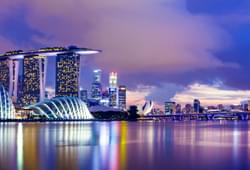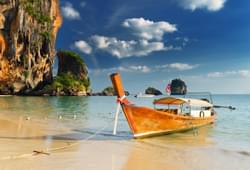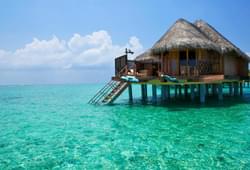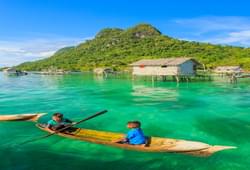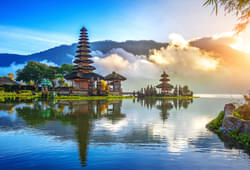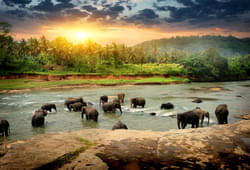Overview Of Winter In Vietnam

Vietnam is admired for its stunning landscapes, beautiful beaches, rivers, pagodas and vibrant culture.
The country is particularly popular among tourists for its unique weather in the winter months.
Winter in Vietnam can be considered the best time to explore this beautiful country due to its cool temperatures, plenty of festivals and outdoor activities.
Vietnam experiences the winter season from November to February. However, this timing may slightly vary from region to region.
Snowfall may occasionally occur on Sapa's Fansipan Mountain. On the other hand, central and southern Vietnam experience mild winters, with average temperatures hovering around 25°C.
The average temperature during the winter season in Vietnam ranges from 15 °C to 20°C. Northern Vietnam, including Sapa and Hanoi, witnesses the coldest temperatures, dropping to as low as 10°C.
The winter months in Vietnam offer a unique experience to tourists, combining cultural richness with exciting experiences.
What To Wear In Vietnam In Winter?

Winter in Vietnam shows a diverse weather pattern and thus, a traveller must know what to wear during the winter season-tour of Vietnam. Here is a detailed list of the items to use and wear during your Vietnam tour:
If you are visiting northern Vietnam, you must wear the following:
Long-sleeved T-Shirts
Windcheaters
Heavy woollen overcoats
Woollen pull-overs
Tights and pants made of thick cotton or windproof fabrics
Woollen socks
Woollen hand gloves
Scarves and mufflers
Comfortable footwear with cushioned insides
For a tour of central Vietnam, you must carry the listed items:
Lightweight shirts
Thin jacket or coat for the nighttime
Comfortable pants made of breathable fabric
Comfortable sneakers
Broad-beamed hats
A pair of sunglasses
To experience your winter holidays in southern Vietnam, you must wear the following:
Short-sleeved shirts and tops
Lightweight skirts and shorts
Swimwear for beach outings
Rain poncho and raincoat
Hats and sunglasses
Weather In Vietnam In Winter

Northern Vietnam (Hanoi, Sapa): The northern part of Vietnam experiences pretty cold winters with mist-covered landscapes.
The average winter temperature in Vietnam in its northern region is around 10-15°C. The early mornings may be foggy and snowing may occur in the highlands, such as Mount Fansipan.
Chilly winds coming from China frequently blow in northern Vietnam during the winter months.
Frequent showers in the form of dust rain are common in this part of Vietnam starting from early February and continuing until the end of March. Even in the winter months, the humidity levels remain high in northern Vietnam, resulting in a long, damp winter.
Central Vietnam (Hue, Da Nang): The weather of central Vietnam features a mix of temperate and tropical weather conditions.Central Vietnam includes places like Hue and Da Nang, presenting cool and pleasant weather. The winter in Vietnam is mild and moderate in this part of Vietnam. However, the weather remains cloudy in central Vietnam during the winter months.
The average winter temperatures range from 18-25°C. The temperatures are the lowest in the month of December, hence, tourists to central Vietnam never experience any harsh weather in the winter months.
The warm and dry wintry weather in Mekong Delta and Ho Chi Minh City makes it an ideal destination for outdoor activities.
The average winter temperature in Vietnam in its southern region ranges between 25°C and 33°C (77°F-91°F). The lowest temperature in southern Vietnam in December is around 23°C. There may be light rain showers occasionally. Around February, the humidity levels rise significantly.
Festivals In Vietnam In Winter
Tet Festival

Vietnam observes a 3-day long national holiday on the occasion of the Tet festival. In some parts of Vietnam, the festivities may continue for more than a week or even 10 days.
Families and friends reunite to celebrate this festival, offering prayers to their ancestors and for good luck and prosperity. The people of Vietnam practice their local rituals, shop for new clothes, clean up their homes, and give out money to the children as gifts.
Perfume Pagoda Festival

It starts on the 6th day of the Vietnamese New Year in January and continues for 3 consecutive months, ending in March.
The main site of celebration is the Perfume Pagoda, a beautiful cave temple located atop Huong Tich Mountain.
The locals believe that by praying at this shrine during the Perfume Pagoda festival, good luck, prosperity, health, wealth and fertility may come to them.
Christmas In Vietnam

In all the major cities of Vietnam such as Ho Chi Minh City, Da Nang, and Hanoi the churches, streets, and shopping areas are decorated with dazzling Christmas lights and trees.
Ho Chi Minh's Notre Dame Cathedral and Hanoi's St Joseph's Cathedral become the focal points of grand celebrations, attracting huge crowds for the sacred Midnight Mass.
Hoi An Lantern Festival

This festival is celebrated on the 14th day of every lunar month. Tourists who wish to catch a glimpse of the fascinating sight should visit Hoi An in the cooler months of the winter in Vietnam when the weather is ideal for joyful evening strolls.
As the festivities commence, the electric lights in the city are put out and thousands of colourful lanterns with candles are used to illuminate the streets creating a truly magical sight.



















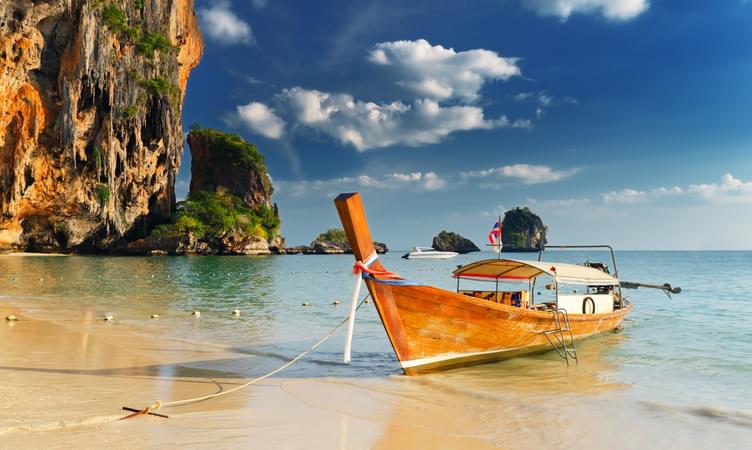


.png?gravity=center&width=90&height=90&crop=fill&quality=auto&fetch_format=auto&flags=strip_profile&format=jpg&sign_url=true)
.jpg?gravity=center&width=90&height=90&crop=fill&quality=auto&fetch_format=auto&flags=strip_profile&format=jpg&sign_url=true)
.jpg?gravity=center&width=90&height=90&crop=fill&quality=auto&fetch_format=auto&flags=strip_profile&format=jpg&sign_url=true)

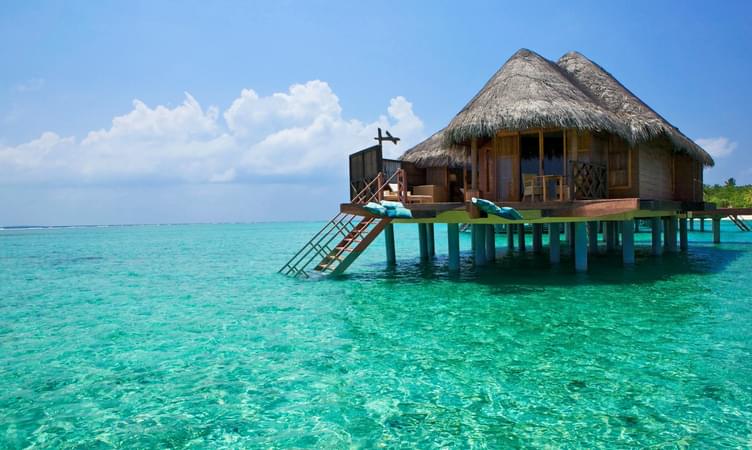




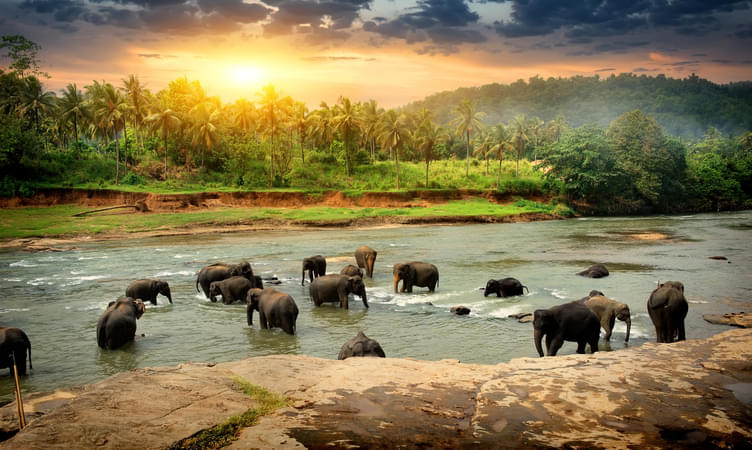





.png?gravity=center&width=90&height=90&crop=fill&quality=auto&fetch_format=auto&flags=strip_profile&format=jpg&sign_url=true)
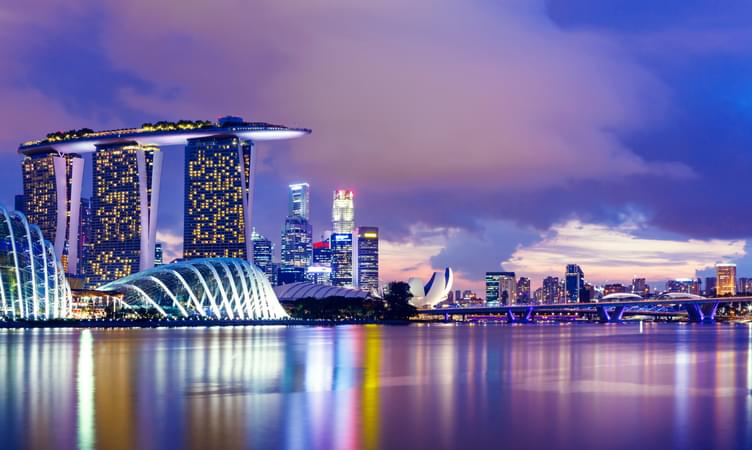






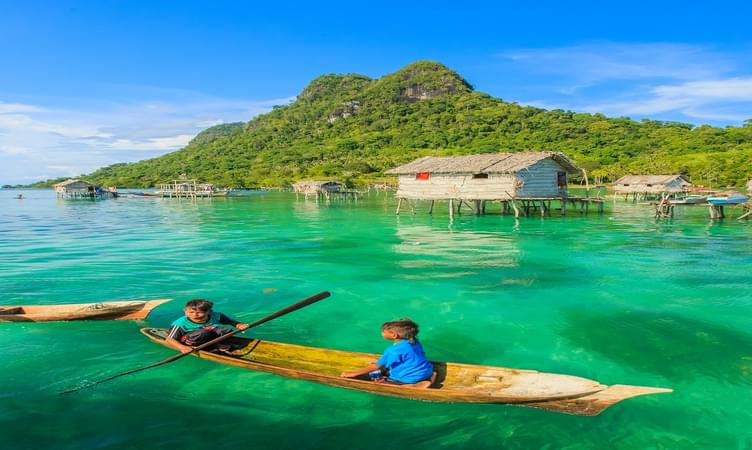






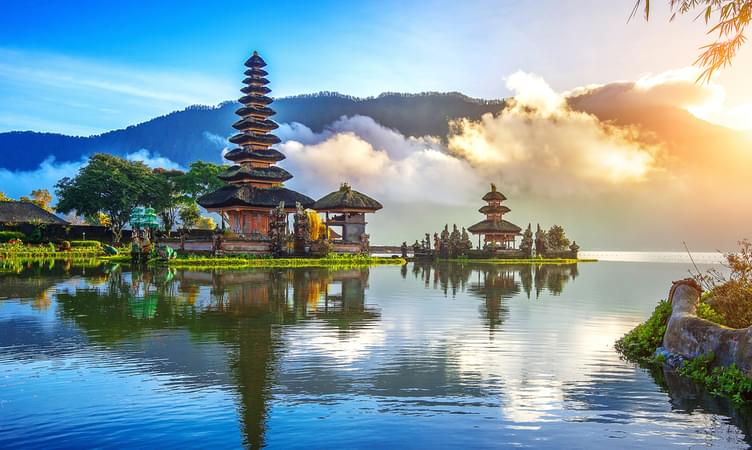




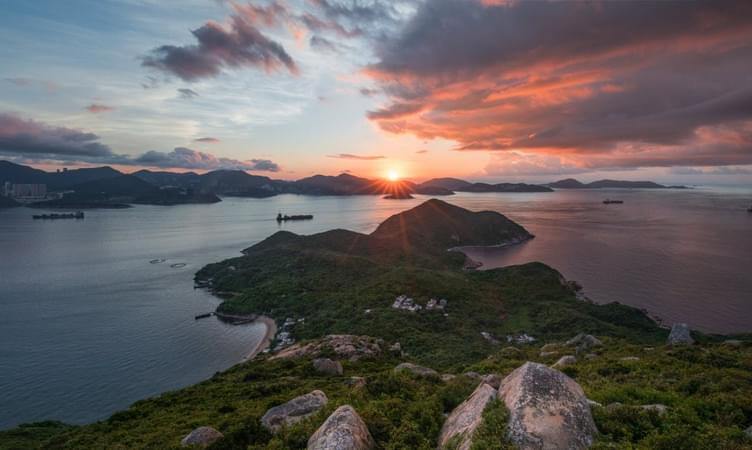



.jpg?gravity=center&width=90&height=90&crop=fill&quality=auto&fetch_format=auto&flags=strip_profile&format=jpg&sign_url=true)



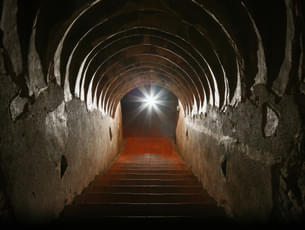








.jpg?gravity=center&width=255&height=270&crop=fill&quality=auto&fetch_format=auto&flags=strip_profile&format=jpg&sign_url=true)


.jpg?gravity=center&width=255&height=270&crop=fill&quality=auto&fetch_format=auto&flags=strip_profile&format=jpg&sign_url=true)















